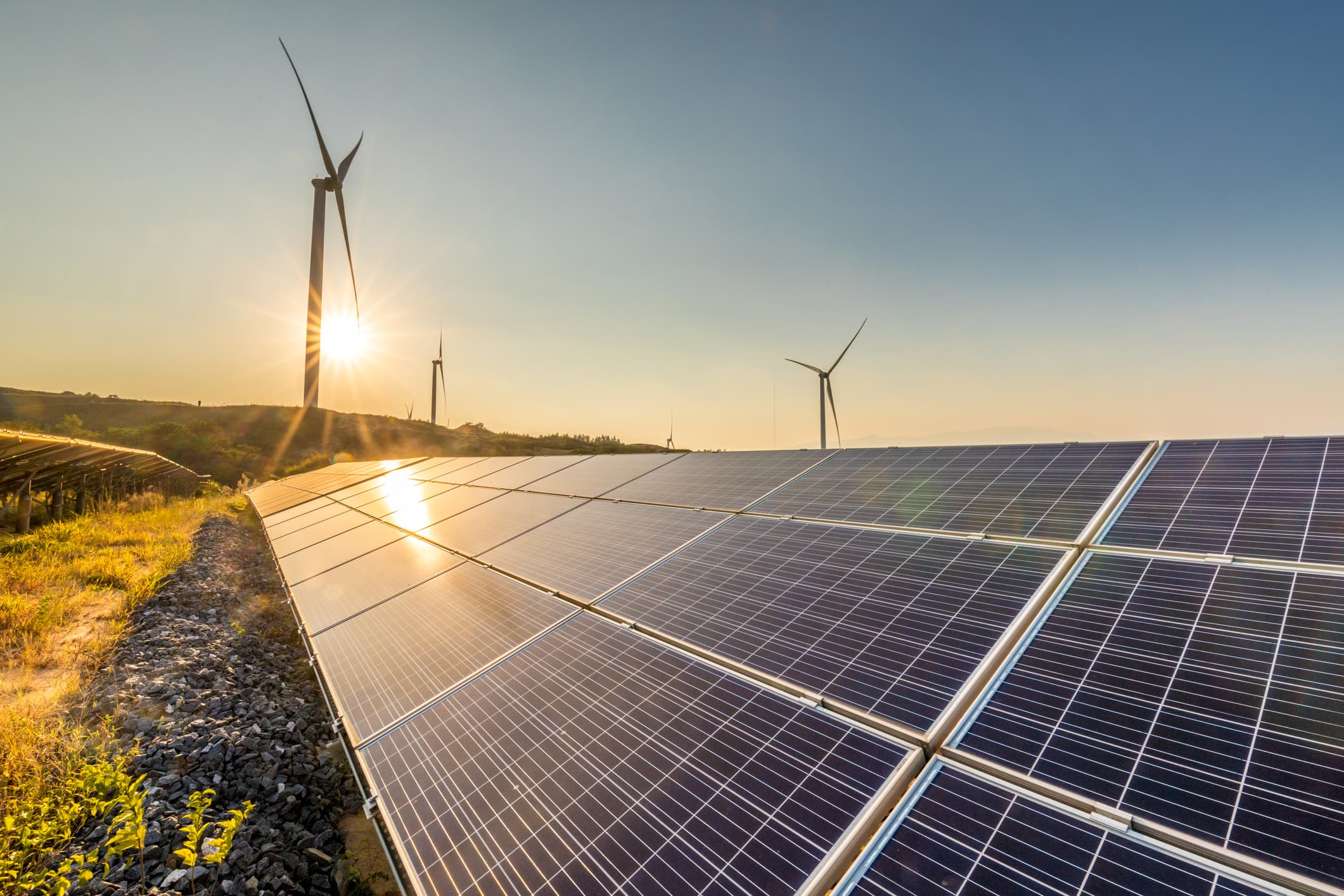As businesses increasingly look for ways to reduce their carbon footprint and energy costs, solar power is emerging as a popular solution. Businesses can harness Solar energy or green power in various ways, and its applications are not limited. This article will cover the basics of solar energy and explore its potential benefits.
Types of Solar Energy Systems
There are two types of solar energy systems that businesses can install: grid-tied and off-grid systems.
Grid-tied systems are connected to the utility grid and provide power to the business while sending excess energy back to the grid. This means businesses can still access electricity from the grid when solar panels are not generating enough power. Grid-tied systems can be further categorised into net metering and feed-in-tariff (FIT) systems.
Net metering systems allow businesses to offset their energy bills by returning excess energy to the grid. The excess energy is then credited to the business’s account, which can be used to offset future electricity bills. On the other hand, FIT systems allow businesses to sell excess energy to utility companies at a predetermined rate.
On the other hand, off-grid systems are not connected to the grid and are used in remote locations or areas with unreliable grid connectivity. These systems require energy storage solutions, such as batteries, to store excess energy in places without sunlight.
Benefits of Solar Energy for Businesses
Reduced energy costs
Solar panels generate electricity without fossil fuels, meaning businesses can reduce their dependence on non-renewable energy sources and the associated costs. Additionally, grid-tied systems can offset a significant portion of a business’s energy bills, providing additional cost savings.
Improved energy independence
By generating electricity, businesses can become more energy independent and reduce their reliance on the utility grid. This means businesses can continue operating even during power outages, providing greater resilience and reducing downtime.
Reduced carbon footprint
Green power is a clean and renewable source of power that does not produce harmful emissions or pollutants. By using solar energy, businesses can reduce their carbon footprint and contribute to a sustainable future.
Considerations for Installing Solar Energy Systems
Location and Climate
The amount of sunlight the area receives is a critical factor in determining the effectiveness of solar panels. Areas with consistent sunlight will generate more electricity than areas with less sunlight. The climate also plays a role, as excessive heat can reduce the efficiency of solar panels.
System size
The size of the solar energy system required by a business will depend on its energy needs, the available space for installation, and the budget. Businesses should work with a reputable installer to determine the appropriate size for their needs.
Financing options
The initial costs of installing a solar power system can be significant, but various financing options are available to businesses, including leases and power purchase agreements (PPAs). These financing options can help businesses avoid the upfront costs and pay for the system over time.
Maintenance and Warranties
Solar energy systems require regular maintenance, including cleaning and inspection, to ensure optimal performance. Businesses should ensure that the installer provides a warranty and maintenance plan for the system to minimise downtime and ensure long-term performance.
Solutions such as green power are sustainable and cost-effective for businesses looking to reduce their energy bills, improve energy independence, and reduce their carbon footprint. With various financing options and increasing government incentives, solar power is becoming an increasingly viable option for businesses of all sizes. However, businesses must consider several factors when installing solar energy systems, including location, system size, financing options, and maintenance requirements.
Author Bio : Jamie










You must be logged in to post a comment.